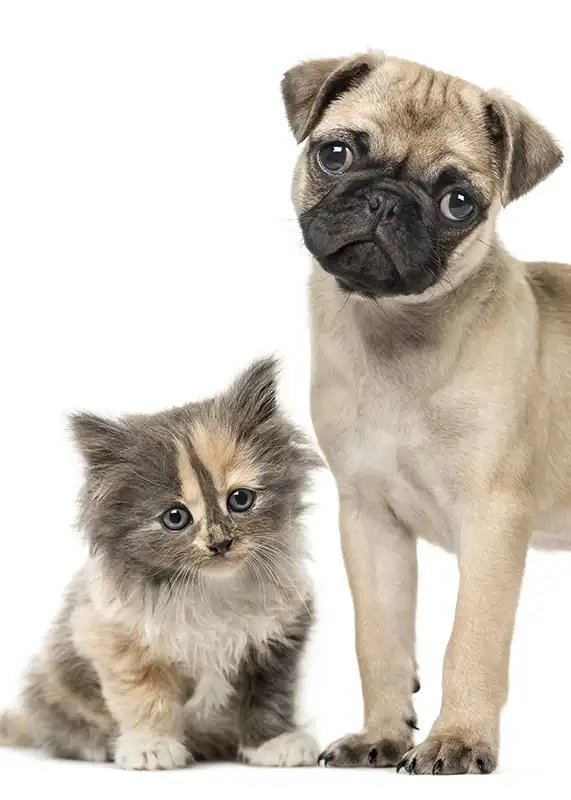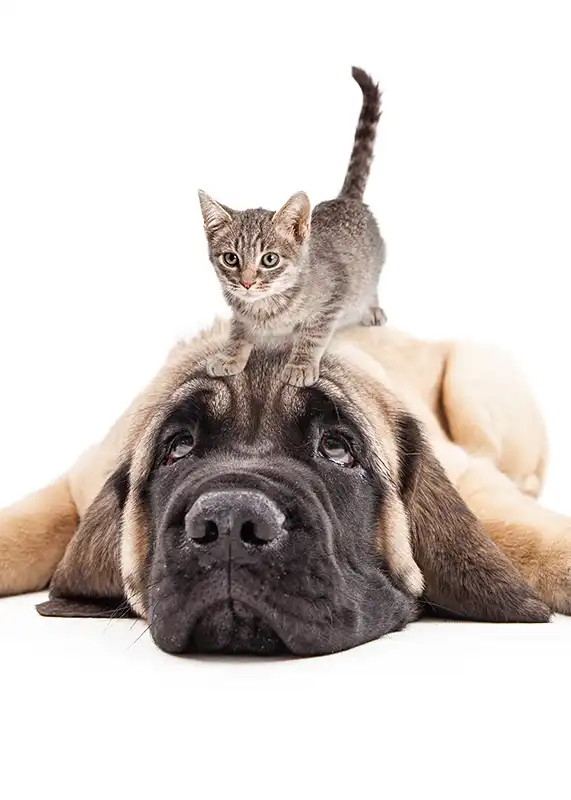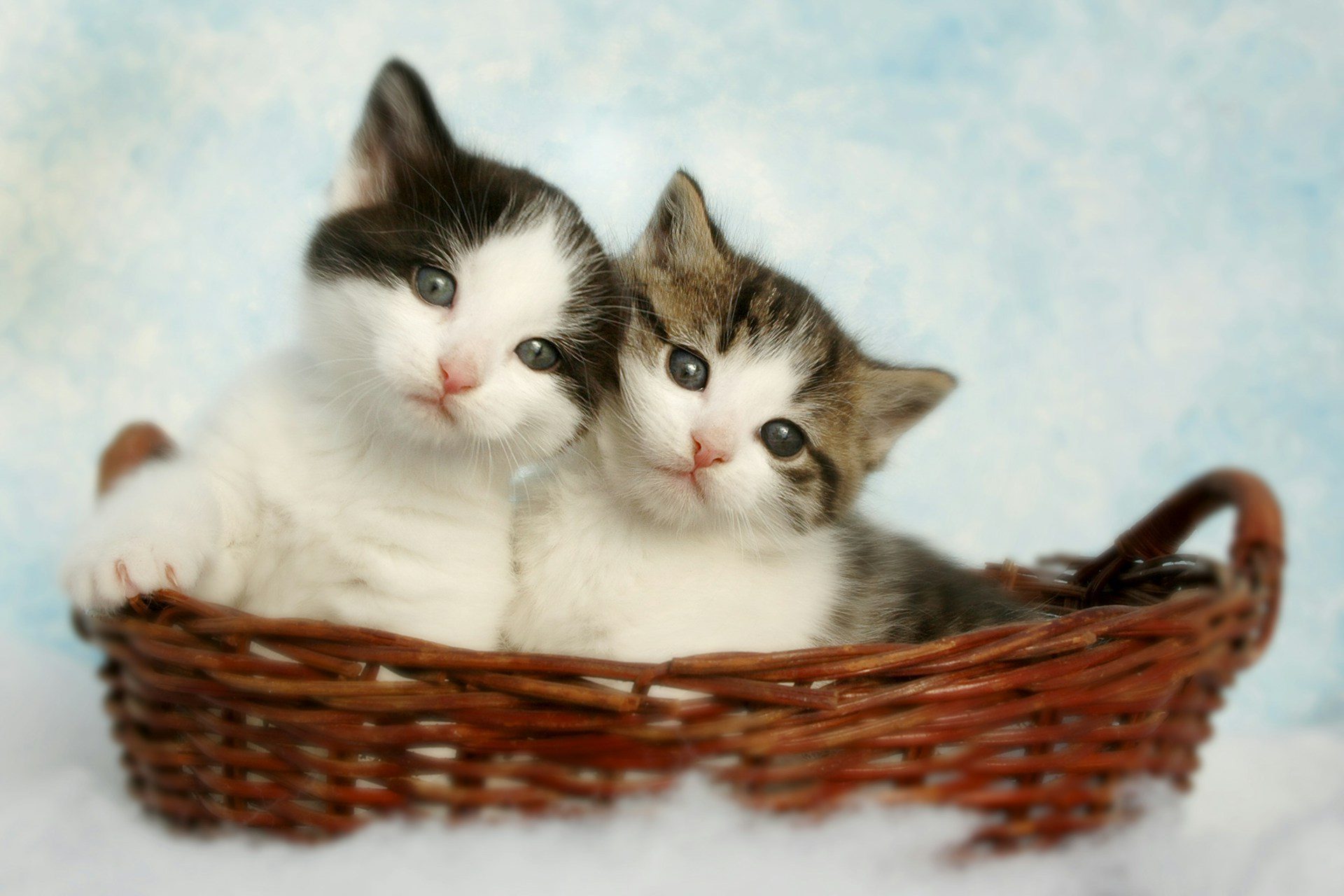Attention, feline fans: meet the new cat in town! The Salty Licorice Cat wears a stunning coat that is in keeping with current fashion trends. These gorgeous kitties, also known as salmiak cats (salted licorice cats), have ombre, or gradient, colored fur that is mostly black at the roots and white at the ends. Continue reading to find out more about this adorable kitty from a local Downey, CA veterinarian.
Is The Salty Licorice Cat A New Breed Of Cat?
Fluffy is not yet officially recognized as a new breed. The name refers to the color of her coat. This is also true for many other felines, such as tabbies and tuxedos.
Why Is Fluffy Referred To As The Salty Licorice Cat?
The felines were named after a popular Finnish delicacy. As one might expect, it is made of licorice coated in salmiak salt. The treat, sometimes known as salmiak liquorice or salmiac licorice, is popular in Scandinavia, northern Germany, and the Benelux region.
What Do Salty Licorice Kitties Look Like?
Fluffy looks like a tuxedo cat, with the exception that the dark areas of her coat are flecked with white. While Salmiak cats’ deeper fur is frequently black, these lovely cats may have blue, brown, or tortoiseshell coats along with the unusual pattern. (We think the brown ones ought to be called Salted Caramel kitties, but so far that hasn’t happened.) Their tails are typically white or partially white. Fluffy’s eyes are usually a gorgeous green or yellow color.
Where Did The Salty Licorice Cat Come From?
Fluffy is from the Finnish village of Petäjävesi. The community is situated in a picturesque environment and is well-known for its lakes, farms, and magnificent 18th-century wood-log church. Or, at least it was known for those things. The Salty Licorice cat must now be included on the town’s list of famous citizens, must-see sights, and fascinating residents.
Why Does The Salty Licorice Cat Have Such Unusual Fur?
Genetics is the answer. The formal study was led by geneticists and animal rights activists, with Hannes Lohi, a geneticist at the University of Helsinki, taking the lead.
Lohi’s team examined five Salty Licorice cats. They discovered that none of the cats possessed the specific gene mutations that are responsible for white fur. (Note: These alterations are also linked to deafness, which is why so many white dogs have hearing loss.) They next analyzed the kitties’ entire genomes and uncovered a distinctive mutation in a gene called KIT. This gene is also associated with piebald patterns in horses and other animals.
In addition to the five Salmiak cats, the researchers enrolled 178 other cats with normal fur in the study. All of the Salmiak kittens carried two copies of the relevant gene variant, which is now known as w-sal or salmiak. A few other kitties had one copy. Because the gene is recessive, none of those furry carriers could wear Salmiak colors or patterns.
The findings were published in May in the journal Animal Genetics.
What Year Was The First Salty Licorice Kitten Born?
We’re not sure who found or adopted the Salty Licorice Cat. Fluffy became famous in 2007 when it was discovered that numerous of Petajavesi’s cats have avant-garde kitty fashion sense. Initially, nobody knew if the cats would be able to breed because all feral felines of that particular hue had been fixed. The mystery was answered when one of the fashion-forward felines was seen giving birth to some cute kittens.
Is Licorice Safe For Cats?
We do not advocate giving Fluffy licorice as a treat. However, it poses little risk to our feline companions, other than the possibility of a kitty choking on a larger chunk. In fact, research indicates that it has anti-inflammatory properties and may even benefit cats with respiratory issues. However, further research is required. In any case, do not give your furry friend any herbs or prescriptions unless your veterinarian specifically instructs you to do so.
Putting that aside, a few cats appear to enjoy the flavor of licorice. Fluffy is most likely drawn to the texture or fragrance. Our feline buddies have a DNA quirk that prevents them from tasting sweetness. Of course, some felines appear to have missed the memo there, as they have been known to enjoy cake, cookies, and donuts. It would be wonderful to share a donut with your cat, but you should avoid offering her any sweet foods. Not only are they high in sugar, but many include xylitol, often known as birch sugar, which is hazardous to cats.
For further information about giving treats to your cat, consult your veterinarian.
What Is the Background of Salted Licorice?
These small black candies first became popular in the 1800s. Galle and Jessen, Danish candymakers, are credited with inventing and popularizing what has undoubtedly become a long-lasting gastronomic trend. You have to admit that snuggling up on a chilly night with a purring cat and a platter of sweets seems rather nice!
There are several recipes available online. These are simply subtle variations on the same core notion.
A standard recipe is as follows:
combine eight tablespoons unsalted butter, one cup sugar, half cup sweetened condensed milk, 1/4 cup blackstrap molasses, and 1/8 teaspoon kosher salt in a saucepan, and bring to a boil. Then, remove from heat and stir in one-half cup dark corn syrup, three-quarters cup whole wheat flour, one and a half tablespoons anise essence, and a half teaspoon black food dye. Substitute heavy cream with condensed milk and brown rice syrup with dark corn syrup for a healthy alternative. Pour onto a parchment-lined pan, allow to cool for 30-45 minutes, then remove and shape. Don’t forget to sprinkle it with salt! You’ll want to let it cool again.
If you want to make these treats, you can go the extra mile and purchase a mold to make them kitty-shaped. You can even refer to them as katjes, which is their Finnish name. In fact, some candy companies are already implementing this!
Are Salty Licorice Cats Costly?
It’s difficult to say right now. These beautiful kitties are still rather uncommon. So far as we know, they have not yet left Finland. While we must admit that the Salted Licorice kittens are stunning, as animal lovers, we have an unofficial obligation to raise awareness about the detrimental sides of the designer breed craze. Unfortunately, this contributes to long-term issues including pet overpopulation, hoarding, and maltreatment. The slogan ‘Adopt, don’t shop’ is clearly applicable here. Our feline pals make wonderful pets, regardless of color! Many charming, social felines at shelters are yearning for a new home!
Conclusion: The Salted Licorice cat is not a new breed, but rather a new coat color. The kitties resemble tuxedo cats, but the darker sections of their coats are ‘frosted’ or salted’ in white. These cute, fashion-forward felines are endemic to Finland’s Petäjävesi region and were called after a popular local snack: salted licorice.
Schedule an Appointment at Your Downey, CA Pet Clinic
Does your feline buddy need a check-up, vaccines, or parasite control? Has it been a while since your cat came inside? Please call us, your local Downey, CA pet clinic, for all of your cat’s veterinarian needs. We are always delighted to help.







